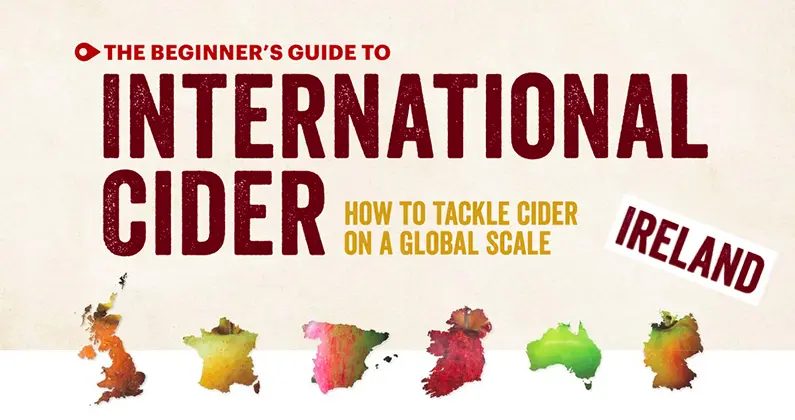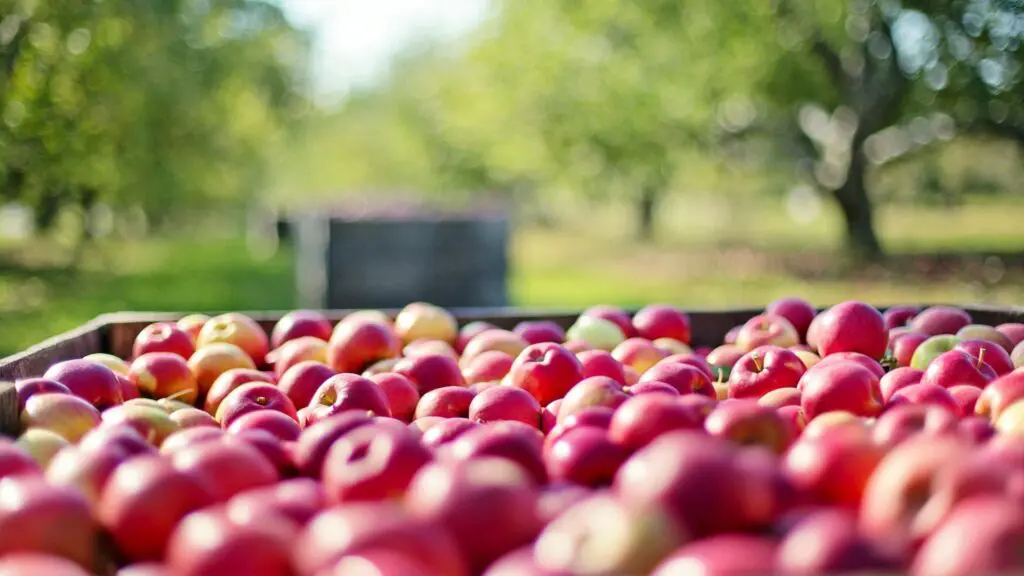The cider market in the United States has grown over 500 percent since 2011. While that is something to crow about, cider’s roots go much deeper and farther than just North American soils. Get to know cider on a global scale, using this introductory guide to six major international cider cultures. First up was Great Britain. Now on to Ireland.
IRELAND
The History
Ireland has a long and illustrious apple and orchard heritage — not surprising, given its mild, temperate climate and ancient roots. Manuscripts from as far back as the 12th century reference apples, orchards and, increasingly though time, the cider that they produced. Special mention must be given to Cockagee, Gaelic for “goose turds,” a famed cider apple heavily documented in 17th century Irish and British cider texts, which apparently produced a brisk, fresh and bold cider. Cidermaking was widespread across Ireland, forming an integral part of the agricultural landscape right up until the devastating famines of the mid-19th century. From this time, the disruption of warfare, increased agricultural intensification and the preference of other alcoholic beverages led to cider’s modest consumption.
The Current Scene
The global renaissance in cider over the last 15 years was sparked by an Irish cider brand, known internationally as Magners. This growth has been felt in Ireland, too. Northern Ireland, especially the county of Armagh, is famed for apple growing, especially the classic cooking apple, Bramley, which is increasingly falling out of fashion for baked goods. Many growers, therefore, have sought new uses for their quality fruit and the result is super-fresh and crisp ciders, often tempered with other, softer, fruitier dessert varieties. More recently, there has been a growth in the number of orchards planted with bittersweet and bittersharp apples to create bolder, more tannic-driven ciders across Ireland. This is producing a range of different cider styles, including some fruit flavored and braver, experimental offerings that give drinkers a chance to expand their horizons.
4 Regional Apples to Know
Bramley, Katy, Dabinett, Michelin
Classic Ciders to Sip
Stonewell Tawny: An entirely bonkers, award-winning Port-like experience. A bittersweet cider chaptalized to 15 percent ABV, fermentation stopped, barrel aged for 12 months, then dry-hopped.
Tempted Irish: A stone-cold Irish classic, this blend is a master class in balance between light, fresh acidity, soft fruitiness and gentle tannin.
O’Callaghan’s Cider: Bold voracious tannins from classic bittersweet varieties Dabinett and Michelin come together to create a rich, funky and masterful medium-dry blend.
Going to CiderCon2020 this month? Ireland is the international cider feature this year: meet the makers, taste the ciders, learn casual Gaelic. Read more here.
This article originally ran in print Vol. 13 of Cidercraft magazine. For the full story and more like it, click here.










 Looking for the perfect w
Looking for the perfect w
 BREAKING NEWS
BREAKING NEWS 








